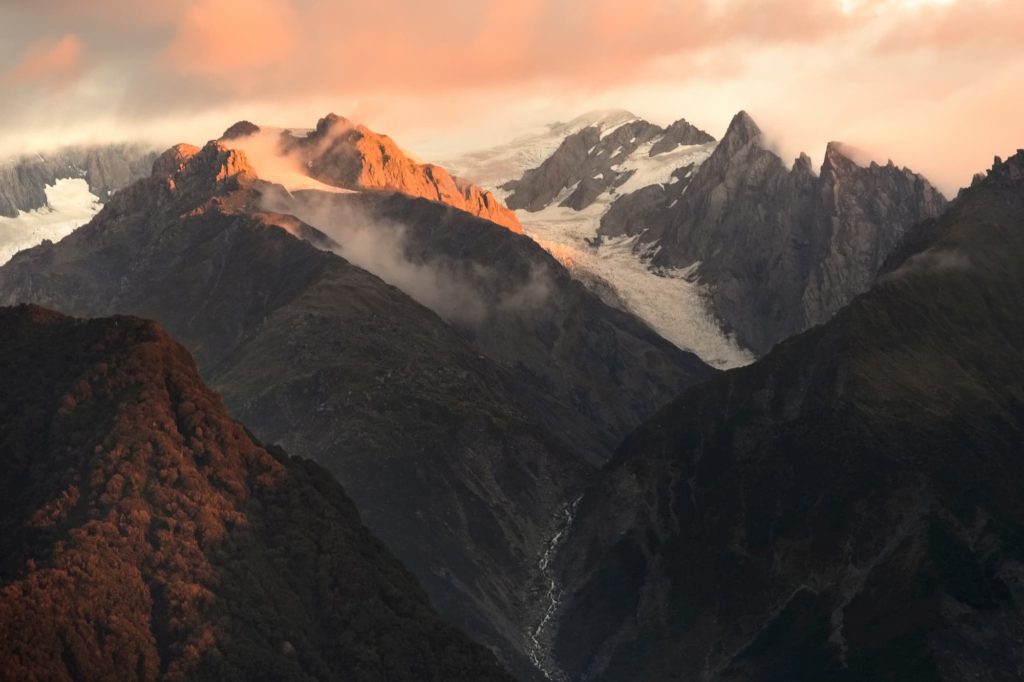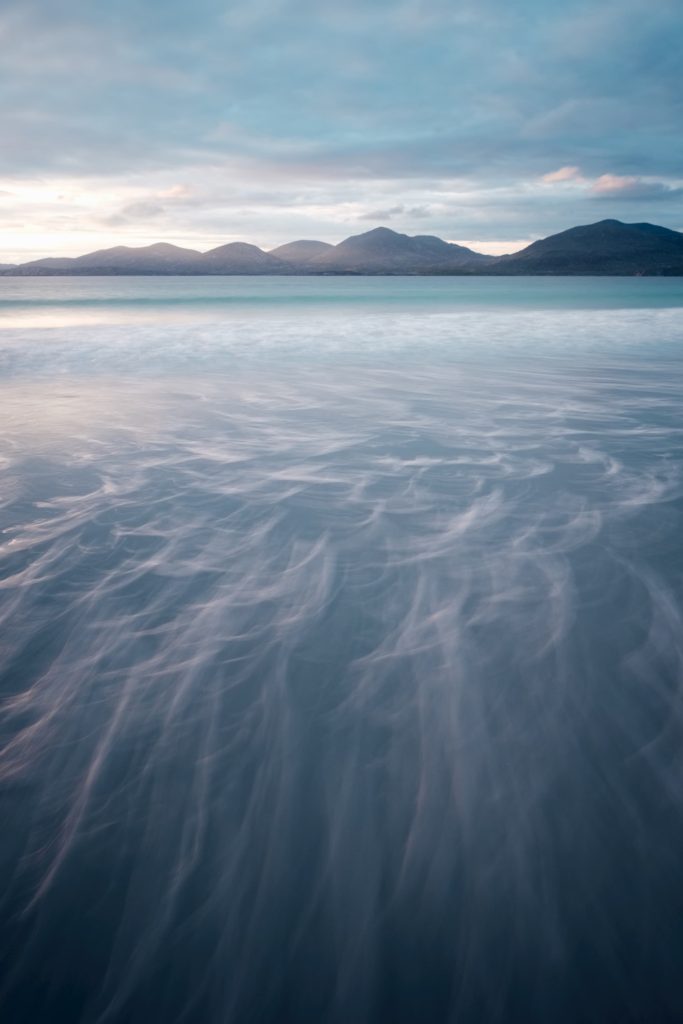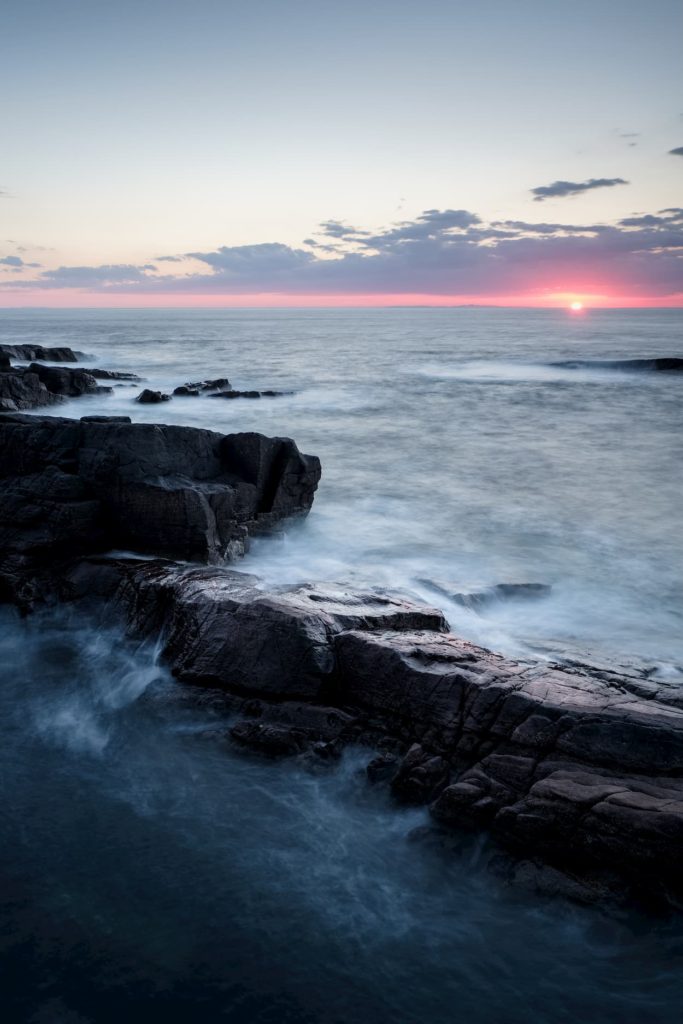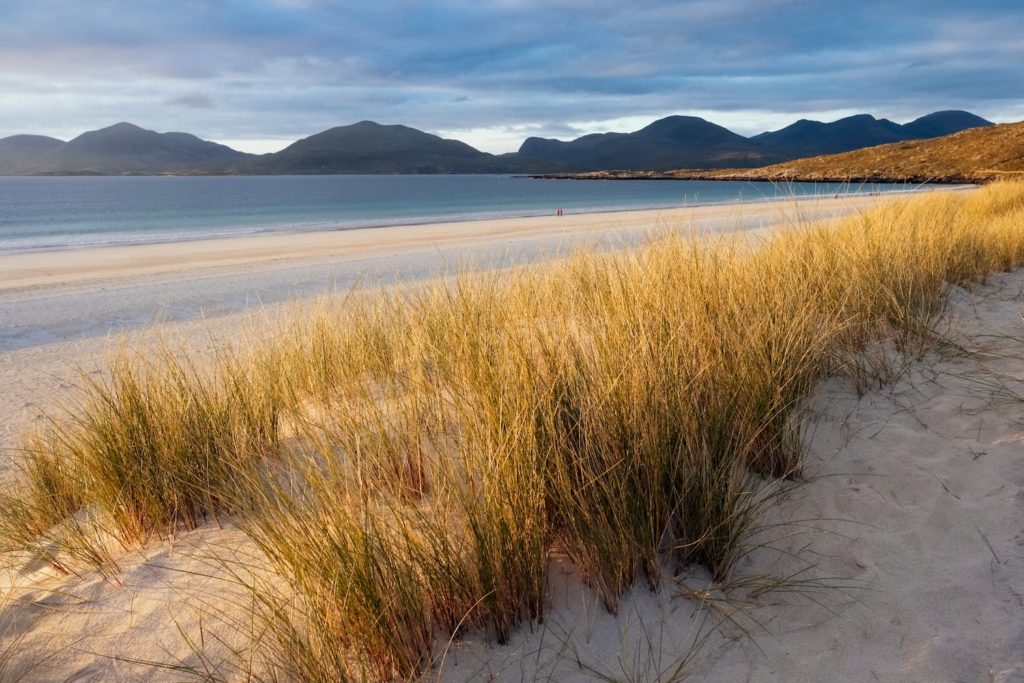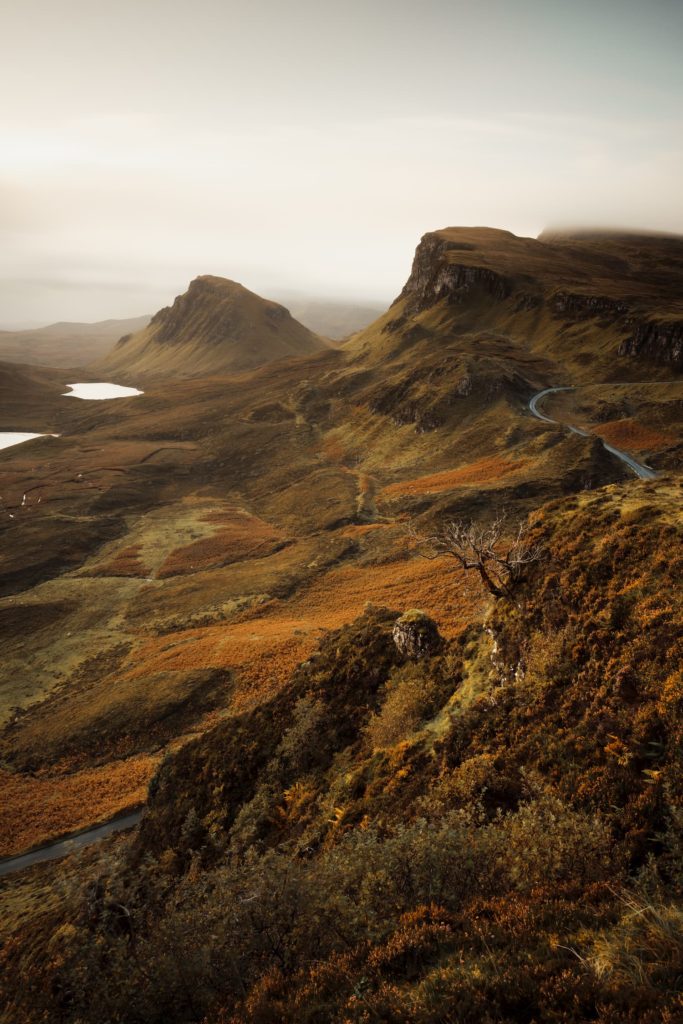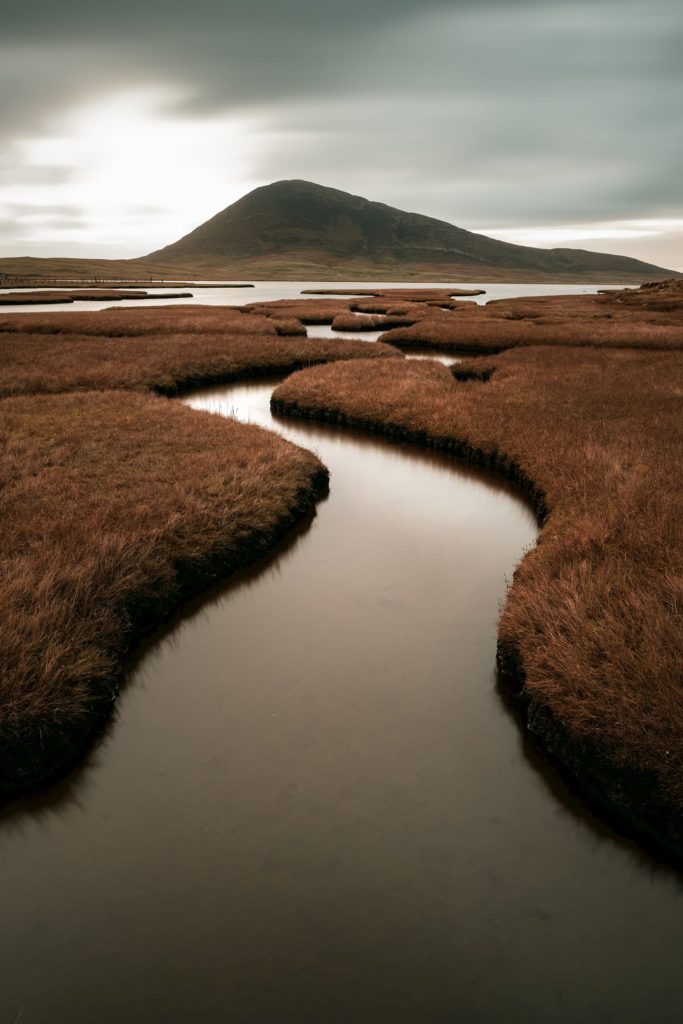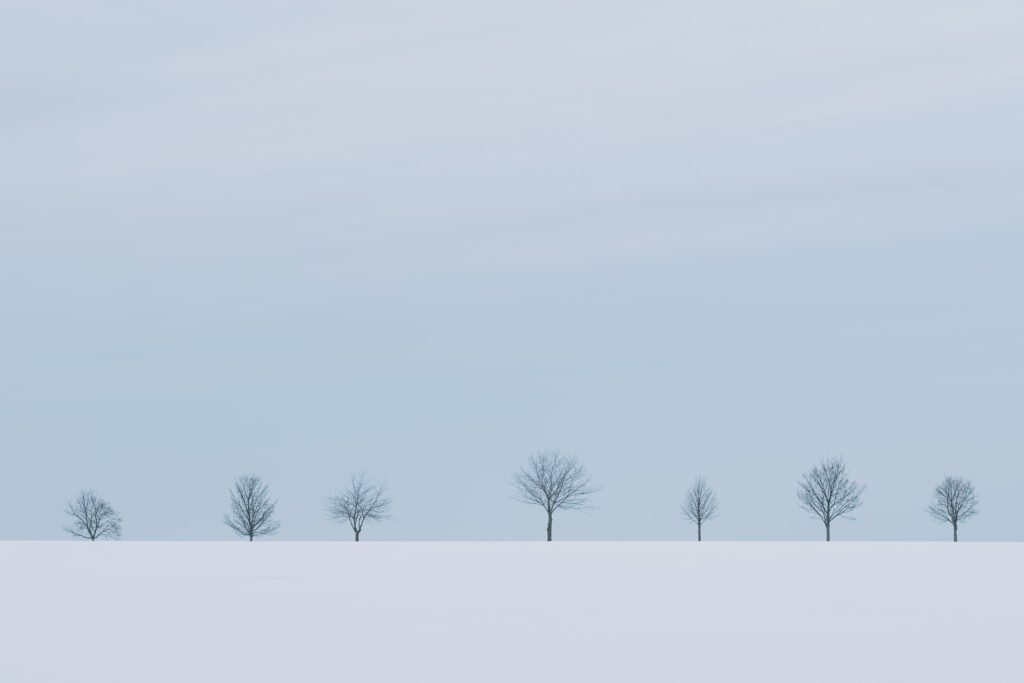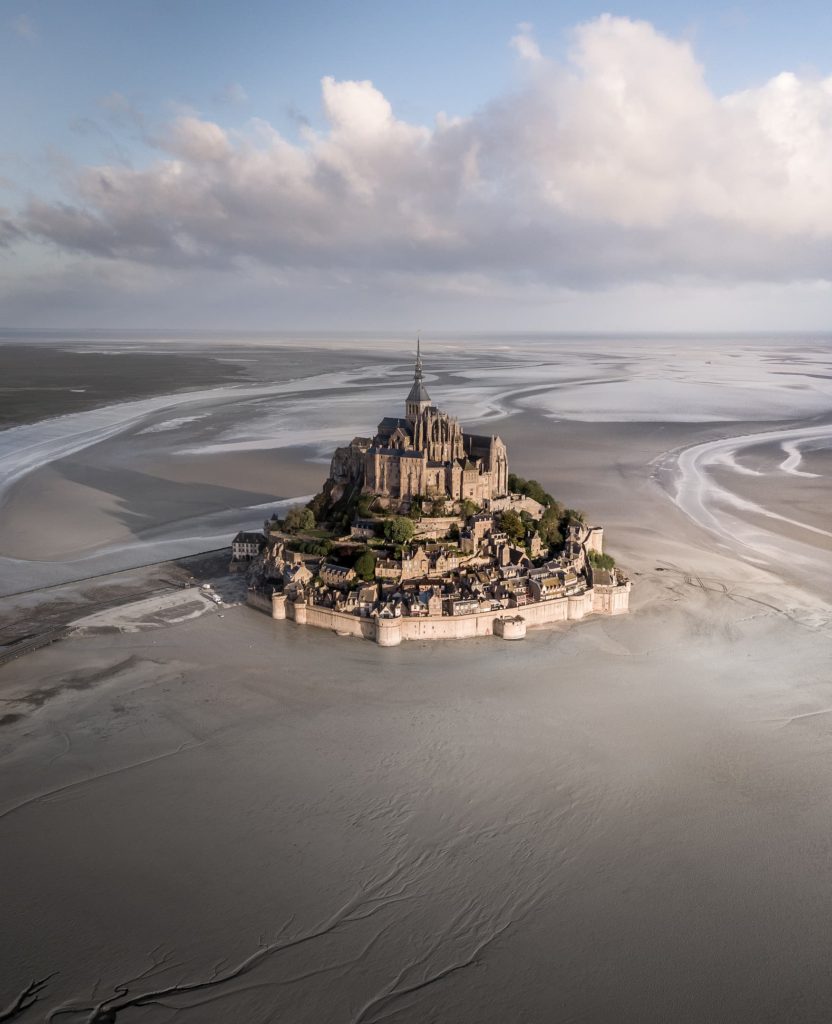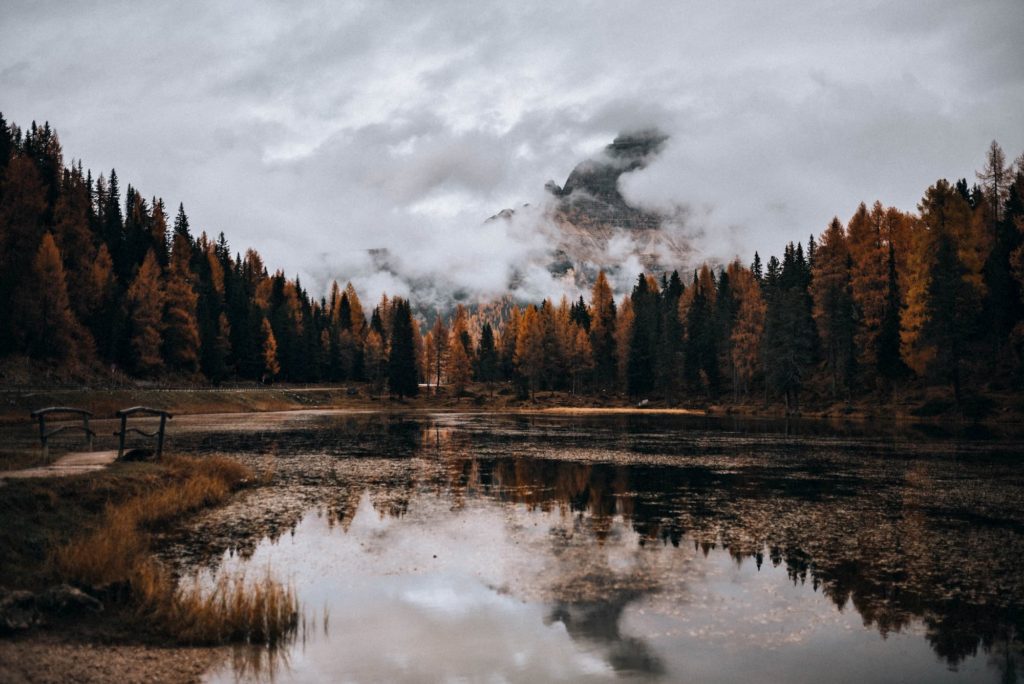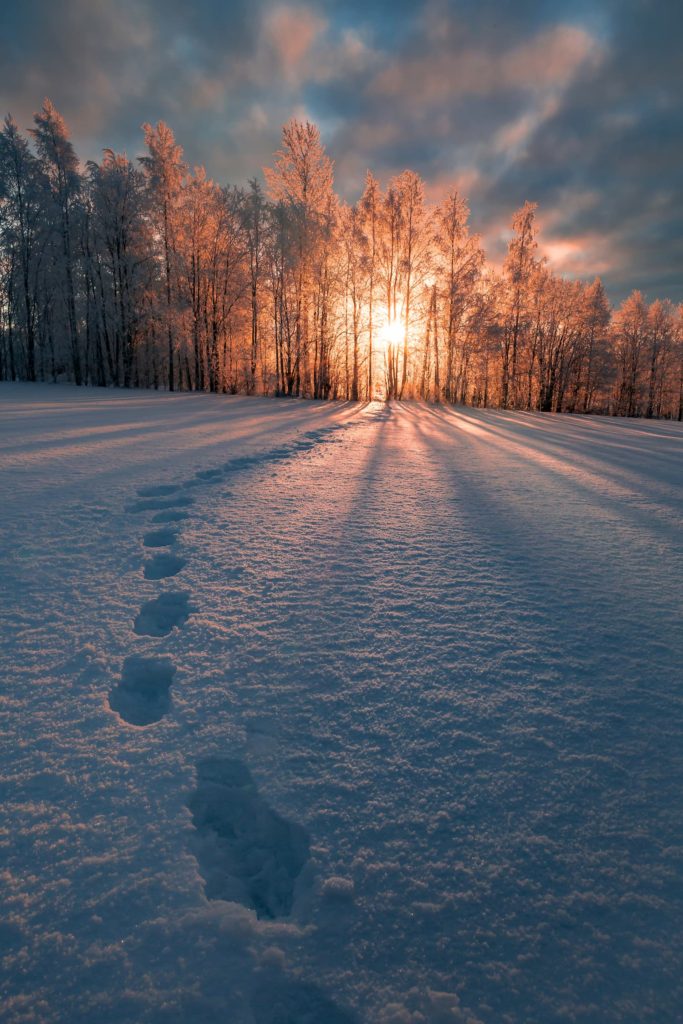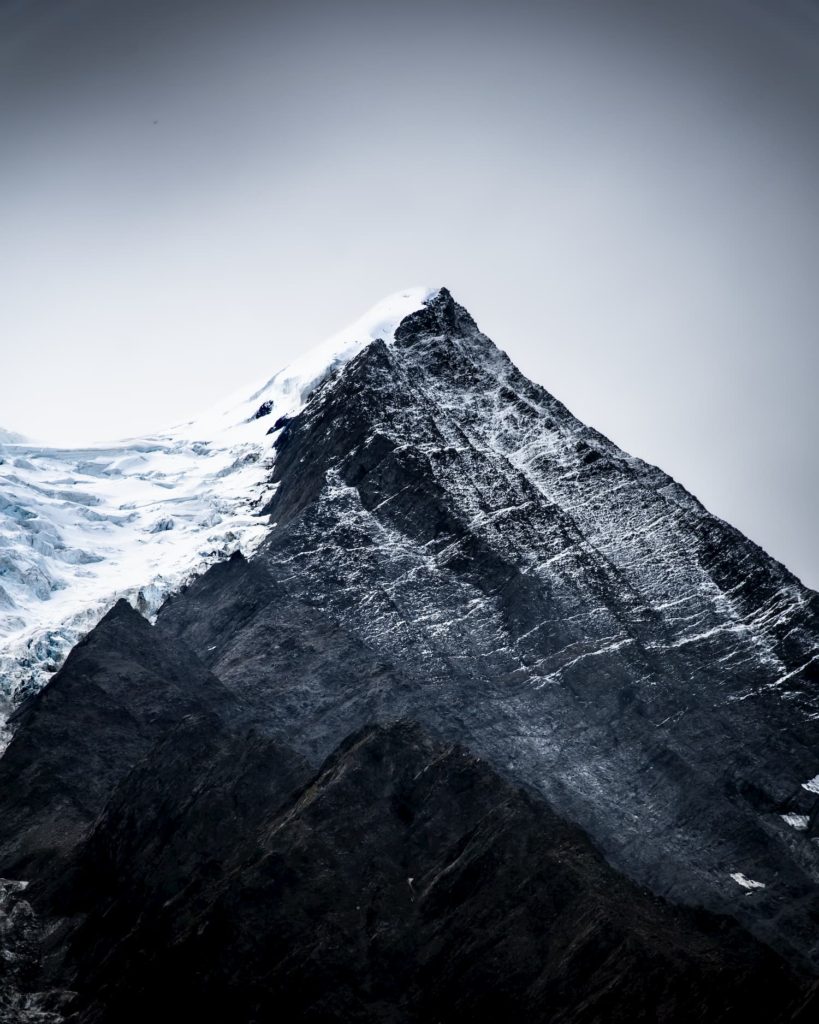
Nils Leonhardt
@am.basteir
Conservative landscape photographer based in Germany
Photography is my latest passion and has influenced my life since a few years now. In fact, it has been around longer than any other hobby I’ve had before. I am from an area in Germany called the Ore Mountains, a range that spans 160 kilometers along the German-Czech border. The mountains themselves lie at the southern part of Saxony, and offer some of the most interesting landscapes in Germany. However, I rarely shoot in my home area. This is because I think that travel and photography are a match made in heaven. Travel shouldn’t be simply described as a mere physical-displacement or something that could be solely defined as tourism.
"Travel is the result of our craving as human beings for exploration. And photography makes the whole experience extremely enjoyable."
I’m not making a living thanks to photography, but I must admit that I got pretty serious about it after all. My main focus is landscapes because I love the slow-paced relationship with both nature and natural light. I’ve become increasingly convinced about one simple aspect: Our planet is filled with incredible beauty, and photography enables humanity to see it. I clearly remember when I got totally caught by photography: It was the moment photography enabled me to see reality in a way that was absolutely impossible for my eyes and brain to process.
"This is when I fell in love with this magnificent discipline."
"The small collection of photographs I share with you here, is a highly curated synthesis of what landscape photography represent to me in a deeply aesthetical way."
Each has a specific color, each has its own meaning, and I can recall everything that I felt before and after pressing the shutter button. Everything slows down, and while breathing in the air and absorbing all the light and beauty in front of my eyes, I feel the splendor of the Earth entering my mind. The human species is naturally drawn to exploring, like a primal instinct, therefore landscape photography feels somewhat comfortable and even logic to me. Nature isn’t simply waiting for people to be captured on their cameras. On the contrary, the great challenge of a landscape photographer is to condense the world into a captivating visual fragment. Nature opposes any means of control. And that includes arranging elements in order to transform nature into the beautiful composition that’s in our mind.
One of my favourite images is called “Weaving Landscape”. It represents all that I love about photography. It has been taken on the Isle of Harris, Scotland. This small, remote island forms part of the Outer Hebrides – an area of outstanding natural beauty and history. The ever- changing landscape leaves you speechless as soon as you immerse yourself. Mountains, beaches, moorland, cliffs and the endless ocean; all these subjects provide wonderful photographic opportunities.
"What makes these sceneries unique is the extraordinary and dynamic natural light. Ubiquitous winds and clouds bringing both shattered rain and bursts of sunlight provide an enormous energetic environment."
We are surrounded by natural chaos in this setting, but we can record it. And that is the true power of photography. We can record everything in ways that are simply impossible for our eyes. If I was asked to pick one single theme from nature, seascapes would be it. The massive force of the sea striking into the shore makes you feel like a mere grain of dust. The aspect that moves me most about shooting seascapes is that I can’t predict what will happen in the end. It is heartening how I can be in control of everything, but the actual photograph. I can be certain of where the light will be coming from, I can frame my scene meticulously, but I can’t control how the waves will swirl and crash in front of my camera.
"This trial-and-error approach is what I love most about doing seascape photography."
When taking this image, I stood in the ocean in some heavy wind, my camera on my robust tripod attempting to catch the waves as they hit the shore. To witness these moments, to be lost in nature, to follow the movement of light, to literally feel your image, this is what landscape photography is all about according to me. The moment when you and the landscape merge together, photography becomes an art. Photography thought me not only to see, but also to breathe, feel, smell and hear differently. Nature itself became a complete aesthetic experience for me thanks to being able to record life in the format of an image.
"Beyond the technicalities around the craft, landscape photography aspires to reduce the absolute vastness of a place into a single visual entity which holds together time and space."
Also, I believe that one of the critical aspects of landscape photography is to capture the essence or soul of a particular place. And this is always an emphasis of personal vision. This image exhibits what I witnessed at that particular moment in time. It is my interpretation of the landscape, my manifestation of the subjective construction of reality. Above all, it is meaningful to me not only because it reveals the spirit of place, but also my place within that place.
"We don’t own landscapes, they express themselves as they want and we are just drooling observers thinking about slightly expected results."
But, in the end, nature is the author of these photographs. And a photographer is the agent who has the power to capture these situations. In the second he portrays the light, the moment is already gone. The mechanism and indeed art of photography aims to interrupt the constant progress of change that is life in order to create long-lasting memories. It always involves subjective judgement about the situation at hand. The most poetic thing about this experience is that even when surrounded by other photographers, no landscape will look equal, we all end up having a unique piece of art in our hands. And this is something worth sharing. Life is a collection of moments.
However, landscape photography is way more than recording the world in such a beautiful and artistic way that triggers aesthetic experiences in the viewing audiences. Which is by itself a huge goal to be honest. Landscapes reach somewhere more profound; they end up building a relationship with the photographer. And that is nothing but the best humbling experience I can recommend to anyone. Photography is limited and can’t express all the wonders and sensations of exploring nature; but it is a great way of showing others our world and why it matters to keep it safe from our own behavior.
"If we don’t start taking serious action about conserving our planet, these images will be the only witnesses we will leave for future generations to know about how graceful our planet was."
Would you like content like this sent to your inbox?
MUST READ STORIES OF JANUARY
NOMADICT
ART GALLERY
THE LATEST STORIES
WRITEN WITH PASSION TO INSPIRE YOU
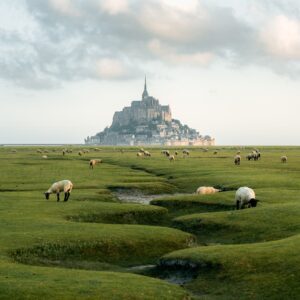
Simon Hechtbauer (@roamwithsimon): Best of the Week 32 at #nomadict
Simon shares the journey behind his photography, from early inspirations to field techniques, editing, and the story of the winning shot that shaped his path.

Miroslav Maršík (@miromarsik): Photographer based in Czech Republic
In this article, Miro shares how his love for cinematic music evolved into a deep passion for photography and how he uses light, color, and atmosphere to turn the streets of Prague into living film scenes.

Aurora photography panorama workflow: A guide to camera settings, editing, and color
In this article, Stefanie reveals how her background in physics sparked her passion for astrophotography and how she blends science with creativity to capture the beauty of the night sky. Readers will discover her approach to color, contrast, and editing, as well as her aurora photography workflow.

Yhabril (@yhabril): Best of the Week 33 at #nomadict
Spanish photographer Yhabril captures the profound connection between humans and the mountains that shaped him. Growing up in the Pyrenees, his work bridges outdoor sports, landscapes, and celestial scenes — often blending athletes, moonlight, and wilderness into striking visual stories.

Ariane Totzke (@besondersschwierig): Photographer based in Switzerland
In this article, Ariane shares how photography helped her navigate personal challenges, connect authentically with people and animals, and develop a philosophy rooted in empathy and artistic freedom. Readers will also discover her ethical approach to wildlife photography and her trusted equipment for both camouflage techniques and cameras.

How to photograph Dutch tulip fields: A guide to light, gear, composition, and colors
Discover how to photograph Dutch tulip fields in their most magical light. From choosing the right gear and lenses to mastering composition, color, and aerial perspectives, this guide shares creative techniques to capture the beauty of the Netherlands’ tulips. Learn how light, color grading, and proportion bring emotion into every frame.
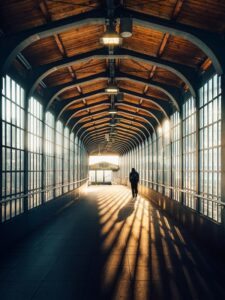
Cinematic city photography: An essential 6-step workflow
In this article, you’ll learn how to read and use light in your home city, choose the right technical settings for low-light scenes, and refine your editing workflow to shape color and atmosphere step by step. In addition, Dominik shares how to find fresh perspectives on familiar locations, five lessons that transformed his photography, and insights on the future of street photography.

Kyle van Bavel (@kylevanbavel): Photographer based in the Netherlands
Kyle van Bavel is a macro photographer with a distinctive, dreamy style that transforms the unseen details of nature into magical worlds. In this article, he shares how his unique vision, shaped by a journey of self-learning and overcoming dyslexia, has become his greatest creative strength.

